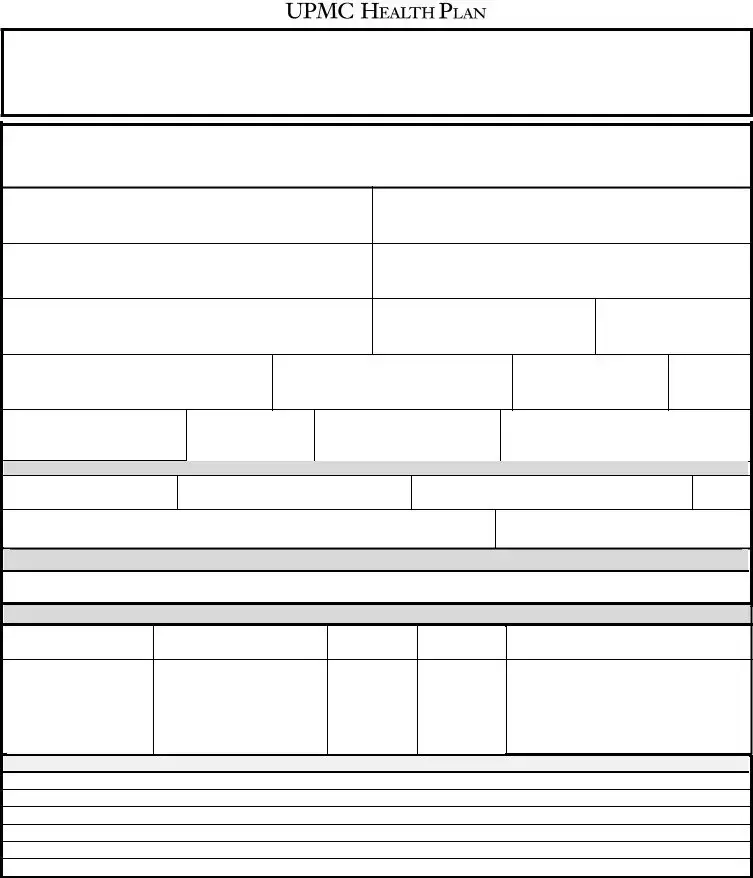What is the purpose of the UPMC Auth form for Potiga and Vimpat?
The UPMC Auth form is a prior authorization request needed to obtain approval for prescribing Potiga or Vimpat. These medications may not be covered under the standard formulary, and the form helps demonstrate the medical necessity for using these specific drugs, especially if other treatments have failed or caused adverse effects.
How do I submit the UPMC Auth form?
You can submit the completed UPMC Auth form by fax or directly contacting the UPMC Health Plan Pharmacy Services. For fax submissions, use the number 412-454-7722. If your request is urgent, it’s best to call the pharmacy services number at 800-979-UPMC (8762) for immediate assistance.
What information is required to complete the form?
In order to complete the UPMC Auth form, you'll need to provide detailed information about the provider and patient, including the provider's specialty, name, contact numbers, and NPI number. You also need to document the patient's medical history, including any prior treatments for seizures and the reasons for any discontinuation of medications, as well as details about the current request.
What happens if I leave sections of the form incomplete?
If any sections of the form are left incomplete, it may lead to delays in the processing of your request. It’s crucial to provide comprehensive details and to explain the necessities, such as past prescription failures or side effects that justify the need for the requested drug.
Can I request a brand name drug instead of a generic?
Yes, you can specifically indicate your preference for a brand name drug on the form. However, if you do not specify, the pharmacy will typically substitute a generic equivalent for the brand name medication. Clearly specifying your preference helps ensure that your request is aligned with your patient's needs.
What additional information should I include if the medication is ongoing?
If the medication is ongoing, it’s important to provide the date the treatment started. Additionally, indicating whether the member has shown improvement while on therapy helps support the case for continued coverage of the medication.
Where can I find more prior authorization forms?
All prior authorization forms, including the Potiga and Vimpat forms, are available on the UPMC Health Plan website. You can access these forms by visiting www.upmchealthplan.com/providers/pa_forms.html for a comprehensive list of options.

